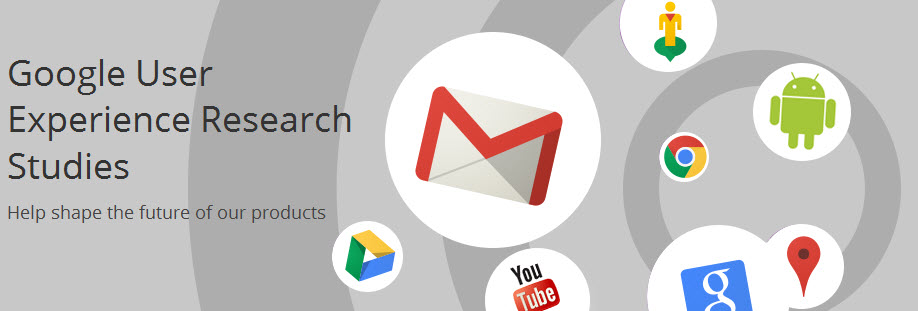User research studies help us improve Google products by allowing us to get feedback directly from our users (that's you!)
During a study we may present you with and gather your feedback on an existing product, a new feature, or even prototypes. We may also interview you about particular daily habits or ask you to keep a log of certain activity types over a given period of time. Study sessions can happen at a Google office, in your home or business, or online through your computer or mobile device. Afterwards, you'll receive a token of our appreciation for your cooperation. Sharing your experiences with us helps inform our product planning and moves us closer to our goal of building something you'll love.You don't have to be a Google product user or a tech aficionado to sign up
We value input from people that are unfamiliar with our products or the latest web technology, as well as those who are deeply engaged with them. If you've used the Internet in any way before, we want to hear from you!Getting invited
When you sign up to participate in user studies, we'll use the information you provide to help us search for suitable participants for user studies. We (or an outside agency working on our behalf in accordance with our privacy policy) will only contact you if we want to invite you to participate in a study or need to clarify information that informs such invitations.
Read all the details & sign up @ Google.com/usability.







